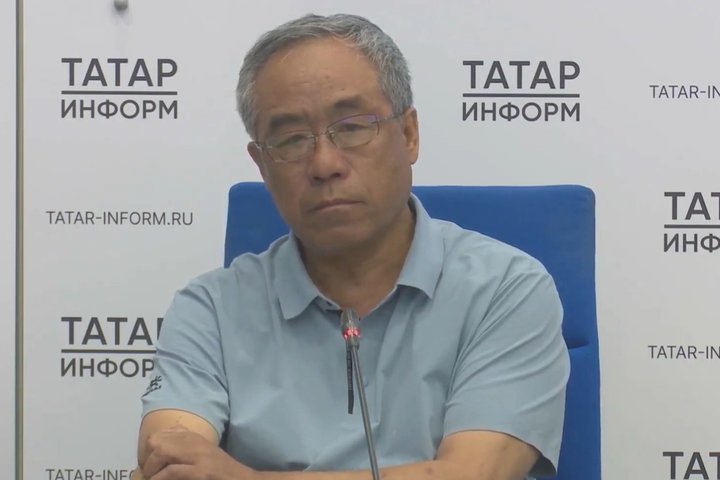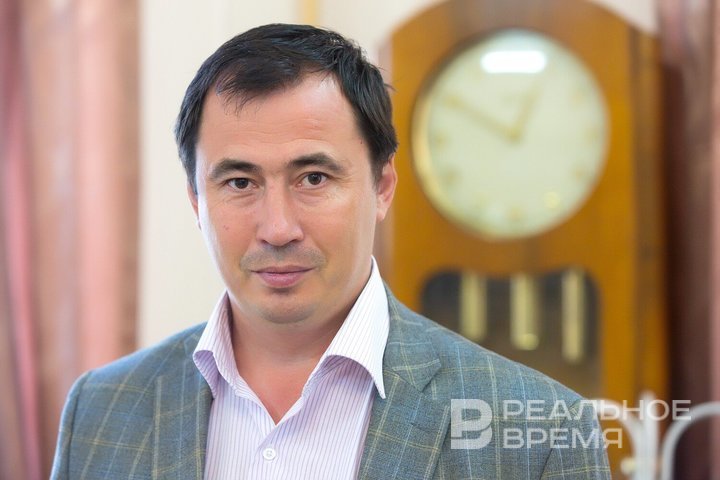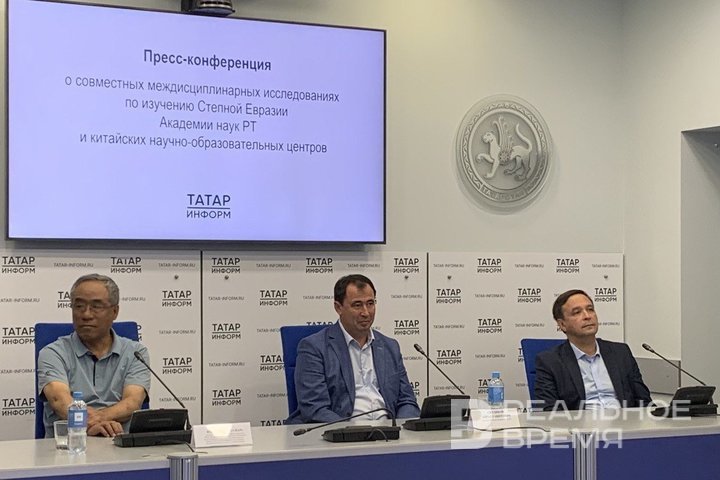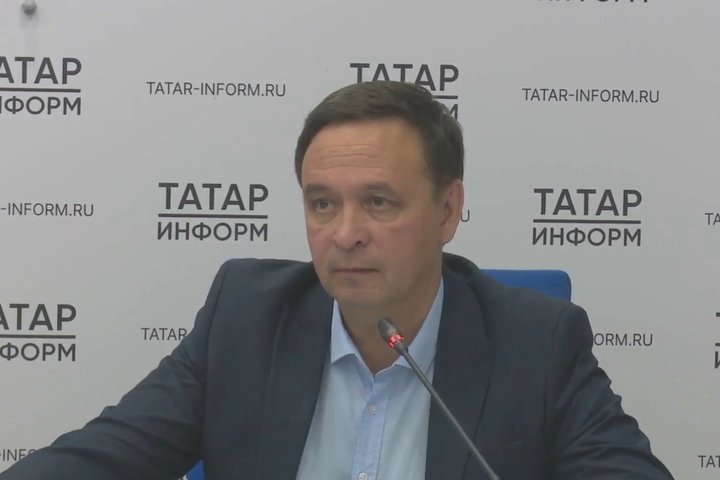Kazan to hold conference on Steppe Eurasia: ‘It is impossible to study its ancient history without exploring Bolgar’

Bolgar research is one of the decisive studies
The first scientific event of the International Centre for Steppe Eurasia Studies, created at the Academy of Sciences of Tatarstan was held this March. Scientific work is already underway, and an international conference is planned for 2025, Director of the Khalikov Institute of Archaeology of the Academy of Sciences of Tatarstan Ayrat Sitdikov said at a press conference on 25 July.
“During discussions with the participation of Rifkat Minnikhanov (Editor’s note: President of the Academy of Sciences of Tatarstan), the need for meetings of Russian and Chinese scientists was formulated. Next year, approximately in April, a conference is planned with the organisation of joint discussions on the study of history, culture, archaeology, ethnography and other humanitarian areas with Chinese specialists dealing with the problems of Steppe Eurasia,” he said.

It is impossible to study the history of this ancient civilisation without exploring Bolgar.
“Of course, in these issues and studies, one of the determining factors is research related to Bolgar settlement. Bolgar is a unique phenomenon. Professor Wei noted in his speech and during his acquaintance with the museums of the Bolgar Reserve its uniqueness in the European space where a huge information layer was consolidated giving an understanding of Steppe Eurasia over the course of 500 years,” Sitdikov emphasized.
At the same time, the history of the Volga region often remained outside the attention of Chinese scientists, explained head of the Archaeology Centre of the Chinese Mingzu University Professor Wei Jian. Cooperation with Tatarstan will help fill this gap.
Discussions about cooperation with the republic were held six years ago, but the plans were thwarted by the pandemic, said Professor Wei. But now there are no obstacles to joint work. The study of the common past is especially relevant against the backdrop of the rapprochement between Russia and China, experts noted.

As part of the study, Professor Wei and Doctor of Sciences, employee of the Inner Mongolia University Naga Teerbayer visited ancient settlements located in Tatarstan: Bolgar, Suvar, Bilyar. Together with the scientist from Mingzu University, his students also came to get acquainted with the history of the Volga region. Students of Kazan University also took part in the expedition. The training of young specialists determines the future of research, Sitdikov emphasised.
“We are interested in written sources stored in Chinese archives”
In turn, Tatarstan scientists have the opportunity to study historical documents that China has.
“We, as historians, are, of course, interested in the source base, written sources, which are stored in huge quantities in Chinese archives and libraries. These sources are still largely unknown to us and can shed light on many important but at the same time poorly studied moments of our history,” says Director of the Marjani Institute of History of the Tatarstan Academy of Sciences Radik Salikhov.

According to Ayrat Sitdikov, there are already the first results of the exchange of experience between Chinese and Tatarstan specialists:
“During the first discussions, it was clear that there was something to learn even in the field work. This is very interesting because China has developed its own approaches to uncovering cultural layers, and Russia has its own, also with extensive experience. These moments allow us to come to the development of, perhaps, methodological standards.”
He added that colleagues also discussed issues related to radiocarbon dating, problems related to materials science and technology. The plans include creating a programme for joint work in this area.
Another project that the Academy of Sciences of Tatarstan is implementing is a study of the complex of 14th-century Golden Horde khan mausoleums near the village of Lapas in Astrakhan region, said Sitdikov. The territory of the monument occupies about 300 hectares and includes more than 20 burials.
Archaeological research has been conducted on one of the largest mausoleums of the complex for the past three years. “Our position is that a museum should be created on this territory, precisely on this site," emphasised the director of the Khalikov Institute of Archaeology.
Other countries are also interested in the work of the centre
China is not the only country interested in jointly studying Steppe Eurasia.
“The centre is international. We have good relations with our Chinese colleagues. Good relations are also developing with our Mongolian colleagues. We are cooperating with colleagues from Central Asia: Kyrgyzstan, Uzbekistan, Kazakhstan,” noted Sitdikov.
“Hungarian scientists are involved in these processes,” Salikhov added to the list.
As the director of the Marjani Institute of History noted, the research that is currently being conducted at the Centre for the Study of Steppe Eurasia is only the beginning of its activities. “I think that in the coming years we will be able to present both the nature of cooperation and how projects are being carried out in more detail,” Radik Salikhov summed up.